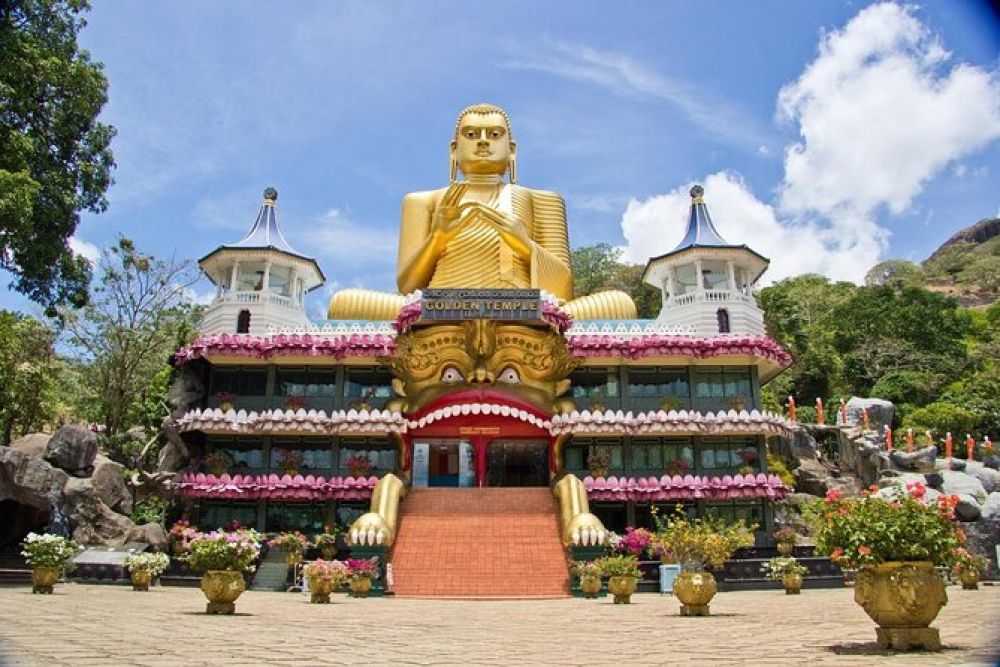

Dambulla, situated in the Central Province of Sri Lanka, has a storied history and has emerged as a cornerstone in Sri Lanka’s tourism sector. The city is renowned for its rich cultural heritage and stunning natural vistas.
The history of Dambulla is tightly intertwined with the establishment of its famous cave temple complex, which has been a pilgrimage site for over 22 centuries. Early tourists to the region were predominantly pilgrims visiting the Dambulla Cave Temple, also known as the Golden Temple of Dambulla. Since ancient times, Dambulla's unique historical significance and spiritual importance have attracted visitors from various parts of Asia.
During the colonial period, particularly under the British rule in the 19th and early 20th centuries, Dambulla garnered interest from foreign explorers and archaeologists. The need to accommodate these visitors led to the establishment of basic tourist infrastructure, laying the groundwork for the future development of the tourism industry in the region.
In the latter half of the 20th century, the Sri Lankan government began recognizing the potential of tourism for economic development. Efforts were made to market Dambulla's cultural and natural attractions to an international audience. With the introduction of policies to boost tourism in the 1960s and beyond, Dambullla witnessed the construction of modern hotels, improved transportation facilities, and the professionalization of tourism services.
In 1991, Dambulla's significance was internationally acknowledged when UNESCO declared the Golden Temple of Dambulla a World Heritage Site. This recognition further bolstered the city’s status as a top tourist destination. The cave complex, with its exquisite wall paintings and an array of Buddha statues, became a must-visit for tourists in Sri Lanka.
Today, Dambulla has adapted to contemporary tourism trends, offering a variety of experiences catering to diverse preferences. Adventure tourism has risen in popularity, with hot air balloon rides providing breathtaking aerial views of Dambulla's landscape. Eco-tourism initiatives have also been introduced, focusing on sustainability and the preservation of the natural and cultural heritage. Additionally, wellness tourism has found a place in Dumbulla, with several resorts offering traditional Ayurvedic treatments and yoga retreats set amidst the tranquil surroundings. Culinary tourism thrives as well, giving visitors a taste of the local flavors and traditional Sri Lankan cuisine.
The tourism industry in Dambulla, like many other parts of the world, faced challenges due to global events such as the 2004 Indian Ocean earthquake and tsunami, and more recently, the COVID-19 pandemic. However, the resilience of the industry is evident in its continuous efforts to recover and innovate to provide safe and enriching experiences for travelers.
Dambulla remains an integral part of Sri Lanka's cultural landscape and will continue to enchant visitors for generations with its enduring beauty and historical charm.